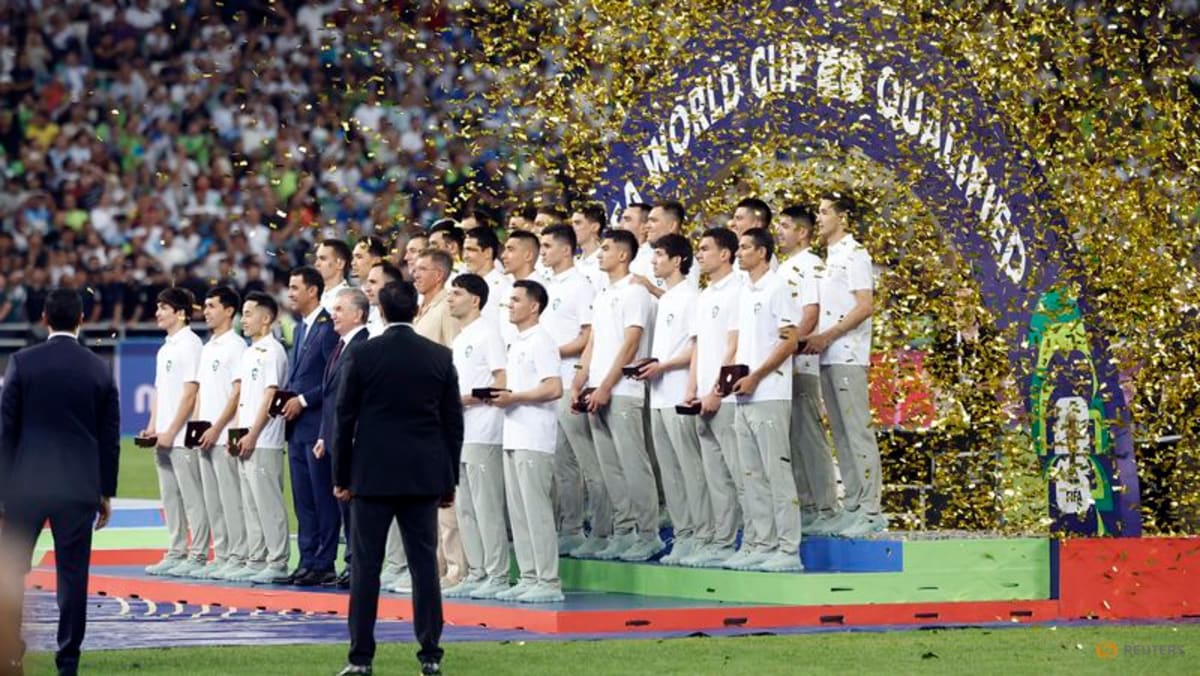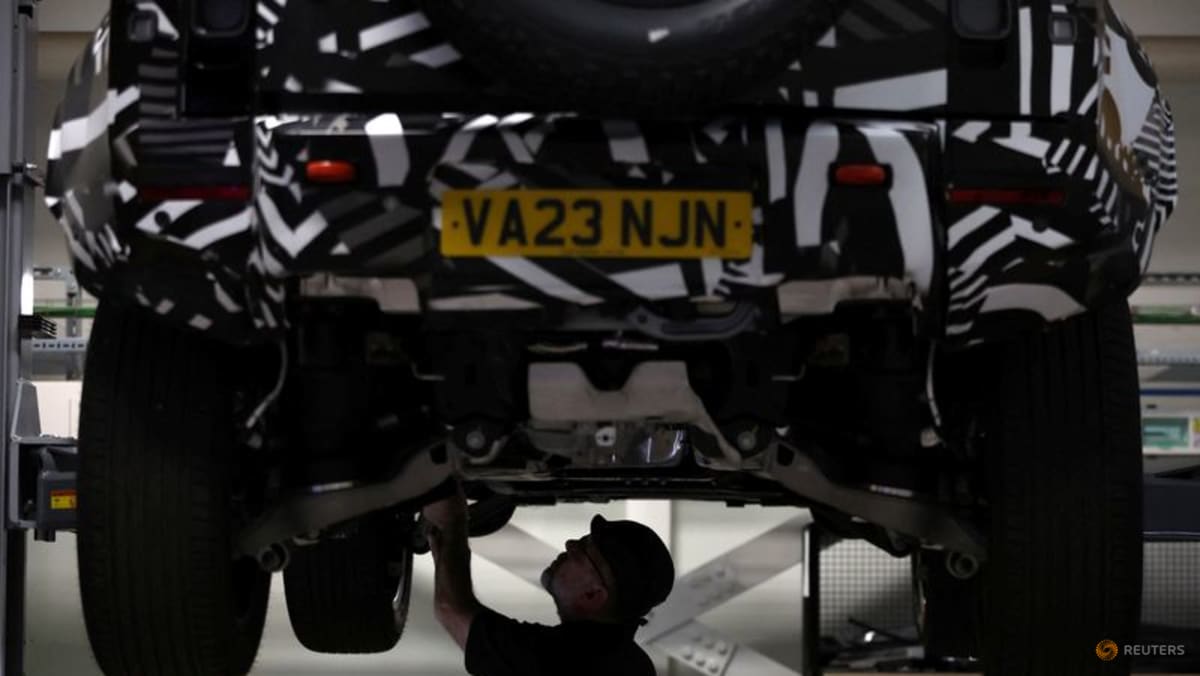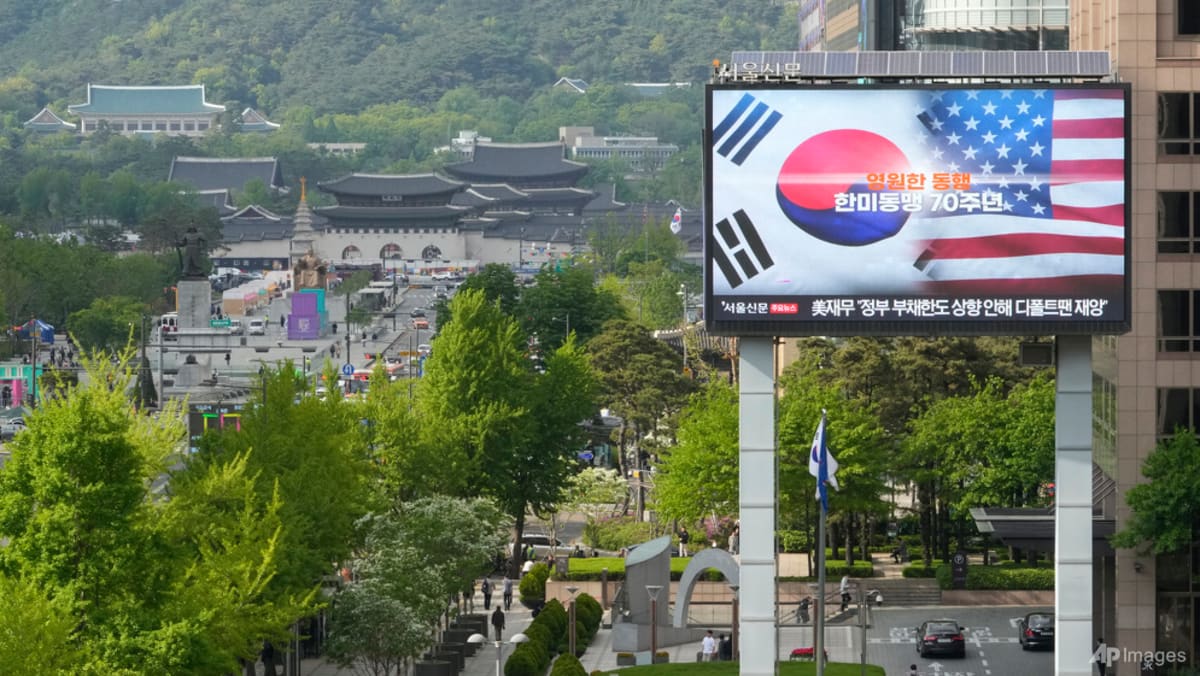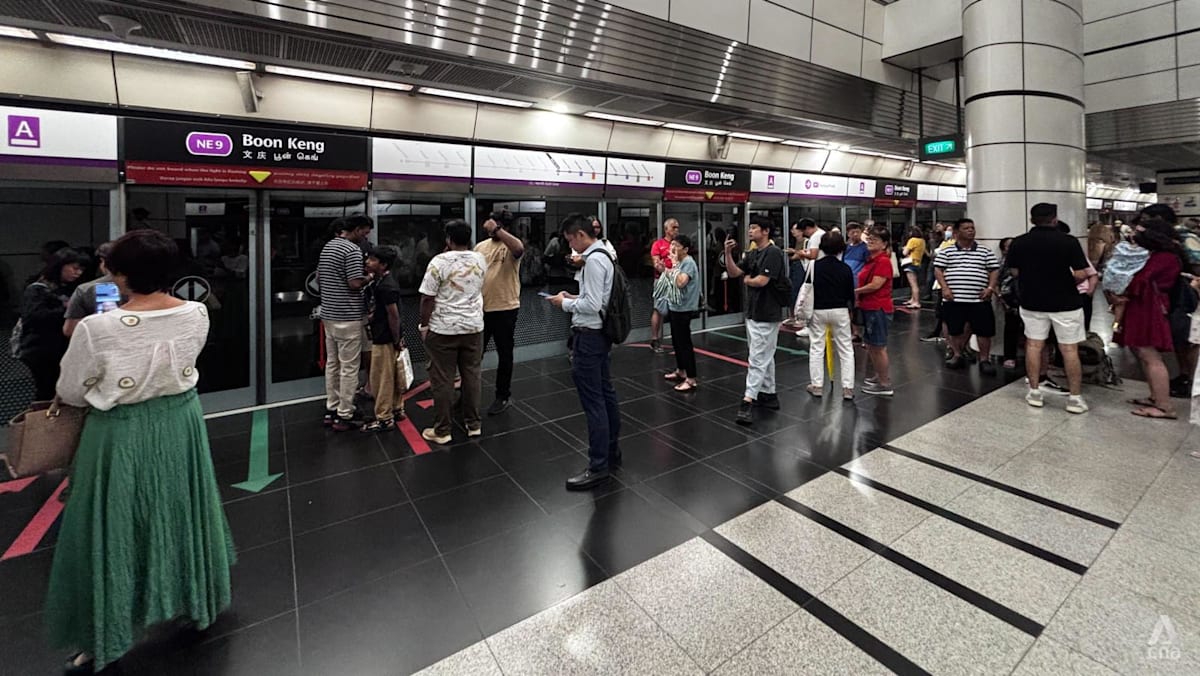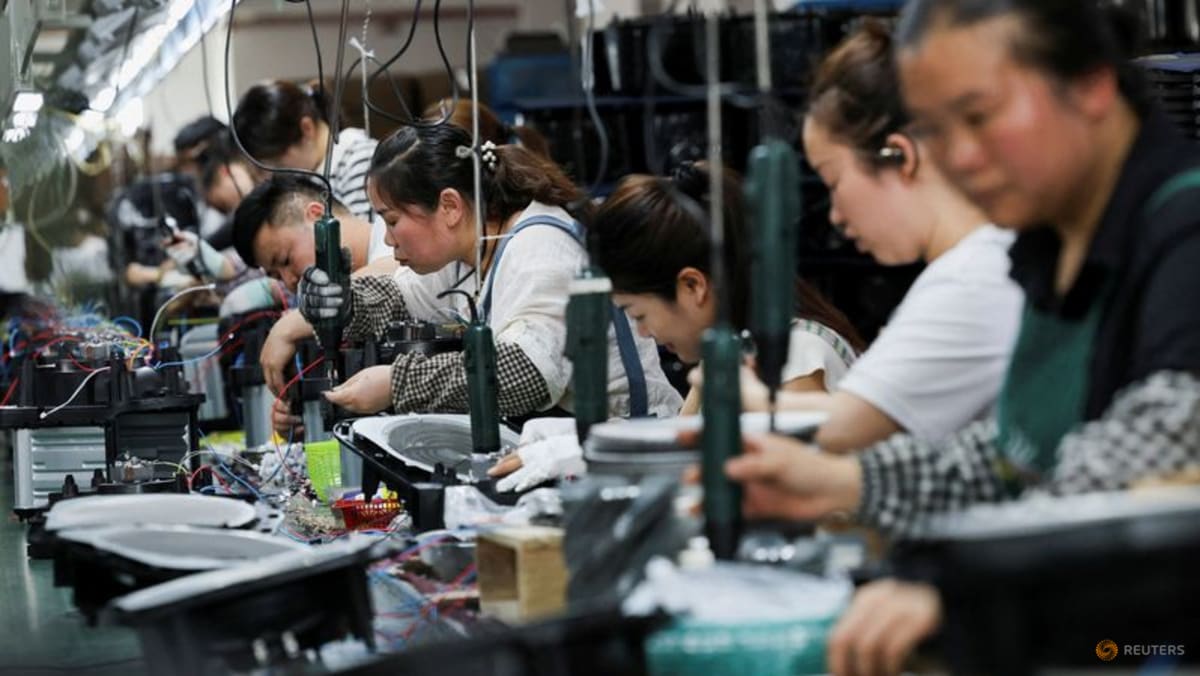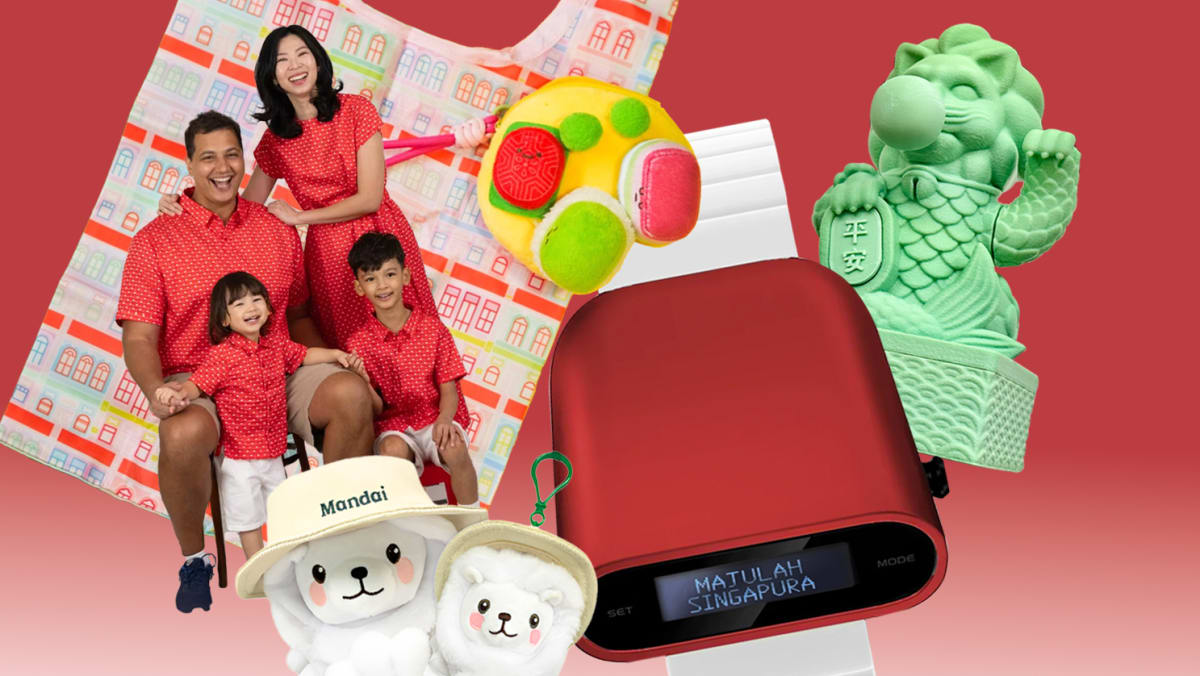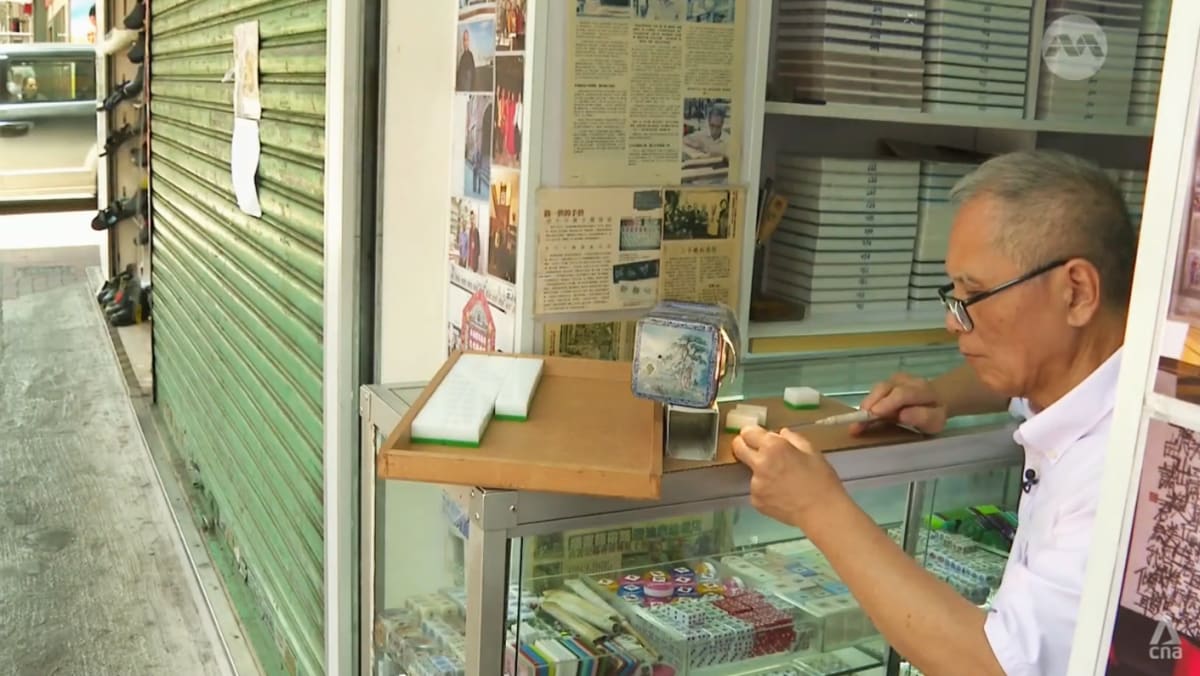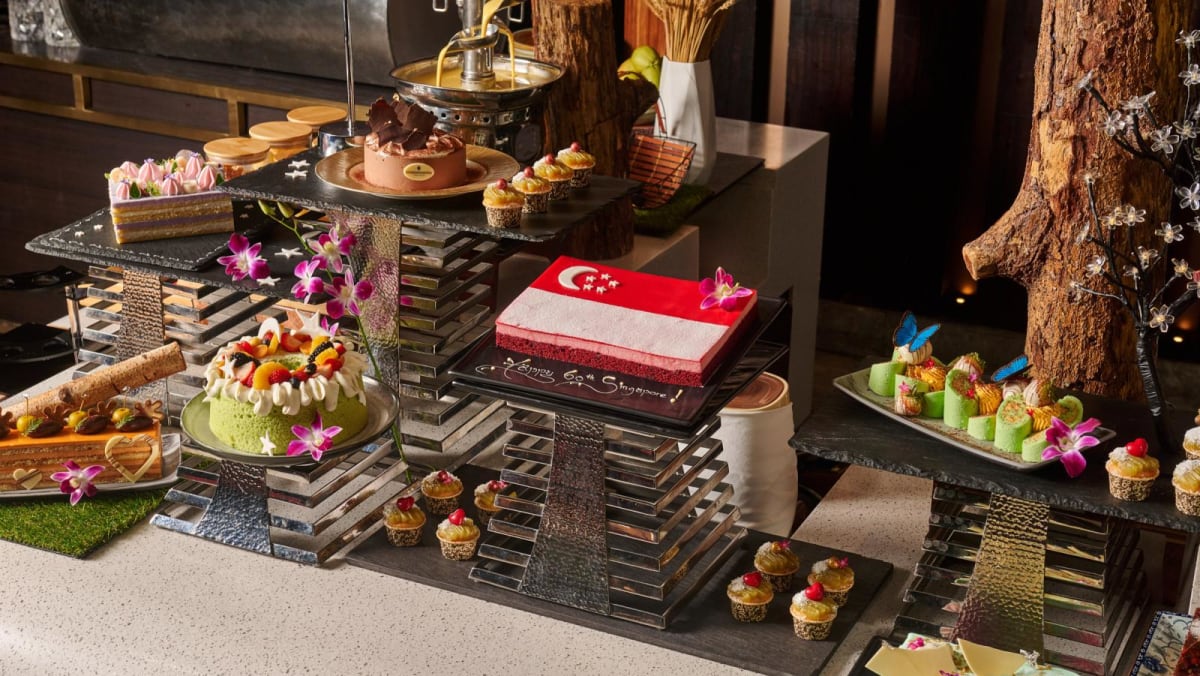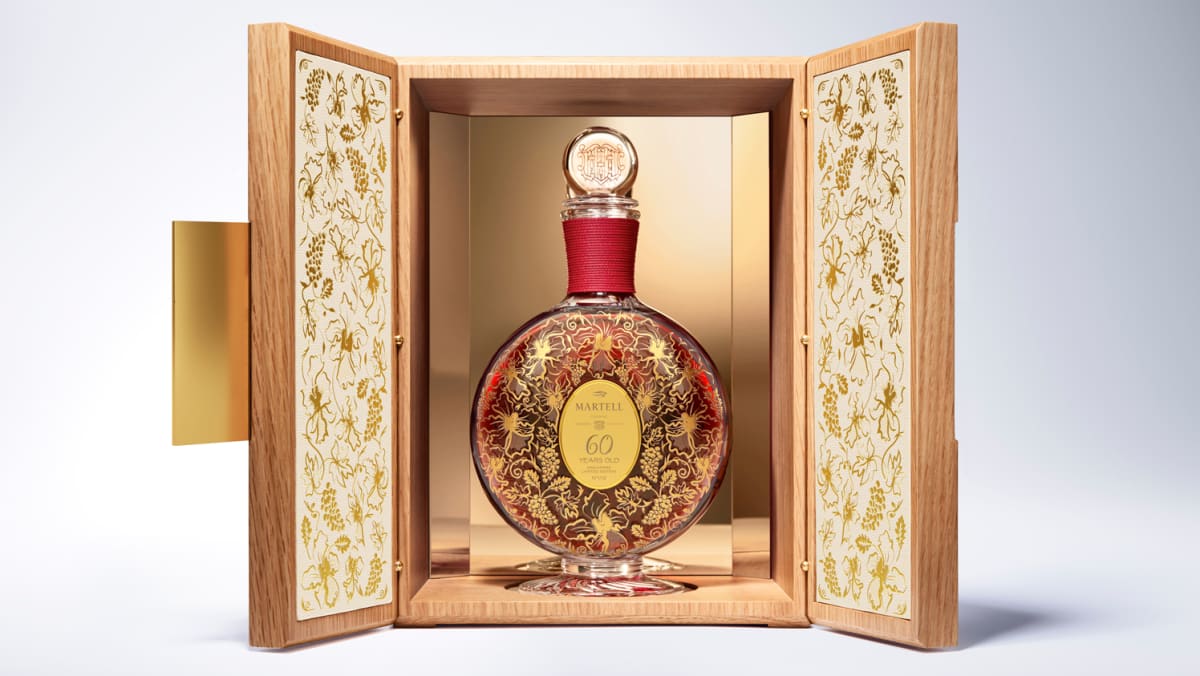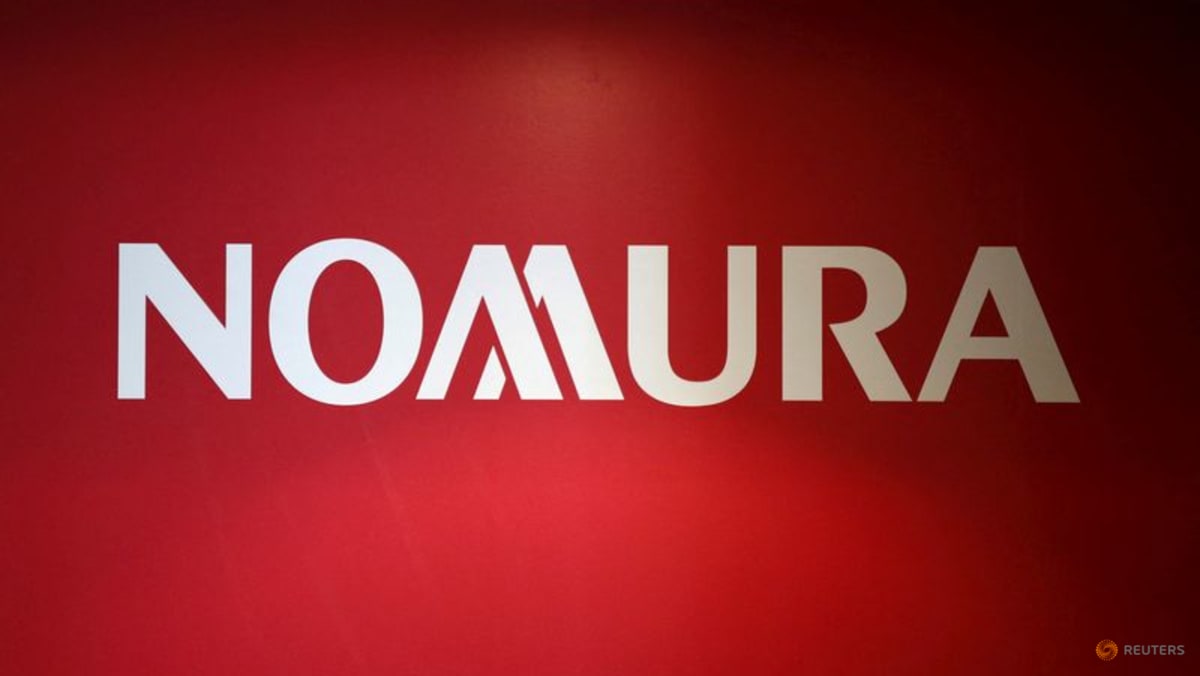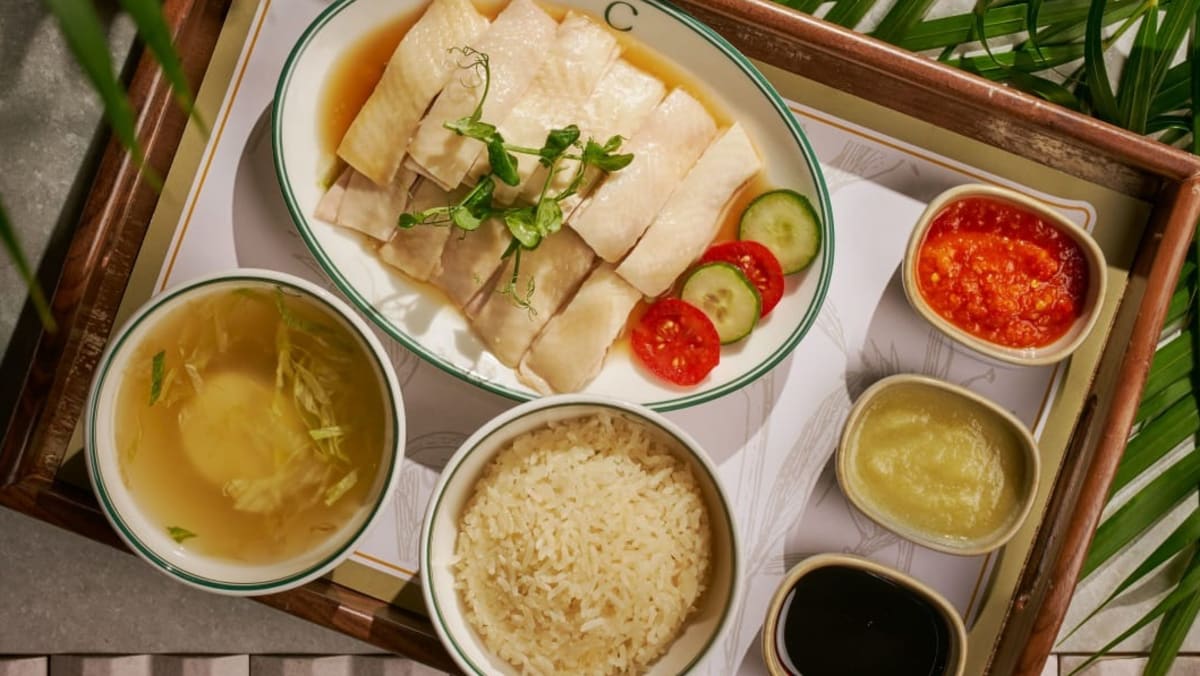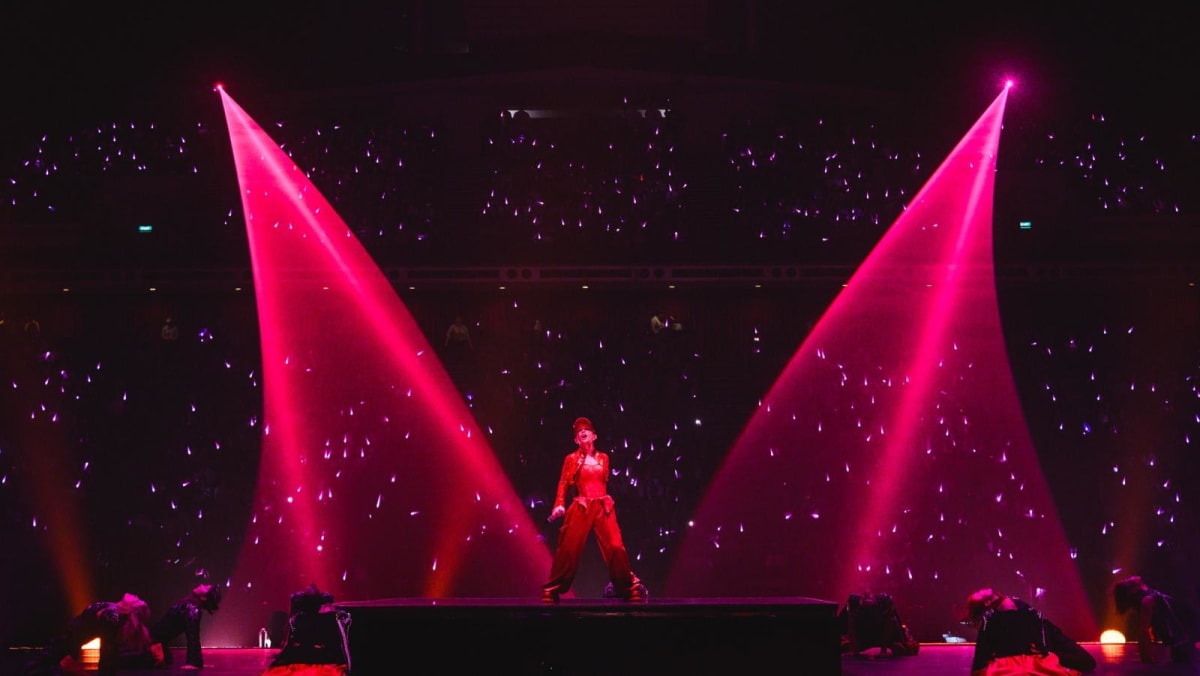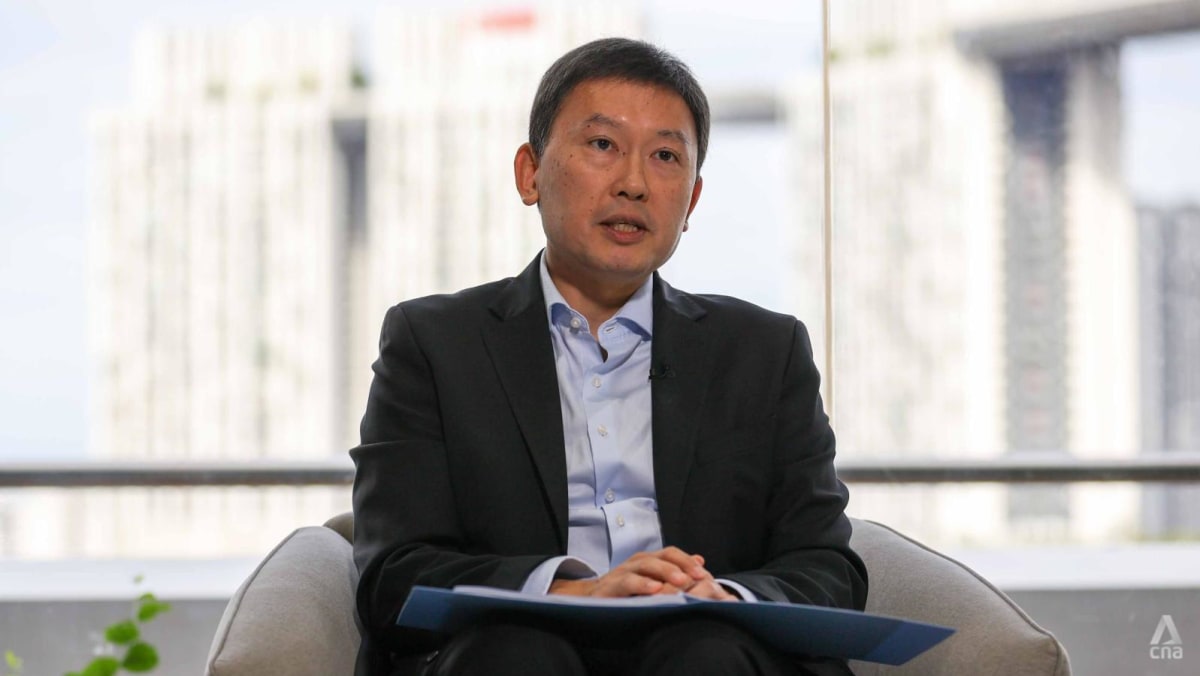This week’s episode goes behind the shelves of MUJI’s largest store to reveal how the brand is quietly rethinking how we live, shop and connect.
In under three months since opening its doors, the world’s largest MUJI store in Kashihara, Nara Prefecture, has become a new benchmark for what retail can mean in modern Japan. With more than 7,000 products under one minimalist roof, the store is not just a retail space, it is a manifestation of MUJI’s commitment to simplicity, sustainability and social responsibility.
The flagship store draws in massive crowds, including around 20,000 visitors on its opening day alone. Despite being located in the suburbs, people willingly make the journey. One visitor shared, “I heard it's the biggest MUJI in Japan, so I drove here. It took us about an hour by car.” The store includes extensive offerings such as upcycled furniture, locally themed souvenirs like haniwa clay figures, and imperfect dishes that embrace wabi-sabi aesthetics.
Meanwhile, in Tokyo’s Ariake district, MUJI's city-style shop is making its on waves with one of its latest hits: The Lunch Capsule. This upright bento box, which retails from 590 yen (S$5), has proven to be unexpectedly popular, selling three times more than projected since its launch in March. “Other shops were completely sold out. So today, my husband brought me here,” one customer said. Karin Takano from MUJI’s food department explained, “We want people to enjoy making bento with a fun, easy, and fresh approach to homemade lunches.”
Beyond retail, MUJI is quietly leading transformative efforts in Japan’s ageing public housing estates. In Chiba’s Hanamigawa estate, built in 1968, where 40 per cent of the residents are over 70 and the population has halved, MUJI sees opportunity. At a local festival, MUJI’s mobile shop revitalised an empty storefront, bringing life back to the neighbourhood. Asako Kato from MUJI’s Chiba branch said, “We've made it our policy to attend these events to help bring more energy to local communities.”
Since 2012, MUJI has partnered with the Urban Renaissance Agency to renovate nearly 1,400 units across 78 estates. Its interventions are modest but effective — clean, functional interiors with open plans. Residents, such as a couple who moved from Tokyo, appreciate the comfort. “Now that the kids have moved out, it's perfect for our generation,” said the husband. “It's more than enough for just the two of us.”
This year, MUJI launched a new project to furnish existing estate units with its products, transforming them into lifestyle showcases. These model rooms offer more than design inspiration. “With the furniture in place, it's easier to visualise what real life would be like here,” one visitor commented. MUJI listens to this feedback closely. In one case, they dropped a two-seater sofa from the plan after finding it too large. “As we tried to keep things simple, I felt the two-seater wasn't quite right. Even though I'm the one selling it,” said Ms Kato.
MUJI’s philosophy of “waste not” extends to its global supply chains. In Indonesia, sourcing expert Naoto Higuchi is pioneering the use of kapok, a natural fibre that is light, quick-drying and eco-friendly. Traditionally used for stuffing cushions, MUJI aims to develop it into clothing-grade fabric. But there are challenges. Kapok fibres are short and float above the heavier cotton during processing, making spinning difficult. The breakthrough came from using a 50-year-old spinning machine at Kumatex, a Japanese-owned factory. “This kind of work cannot be done with modern high-speed machines,” explained the company.
Despite hurdles, the goal is to shift production closer to the source. Currently, MUJI sends Indonesian kapok to China for spinning, but they hope to bring this process to Indonesia itself, lowering transport costs and boosting local economies. Mr Higuchi expressed a long-term vision: “Making products from locally sourced kapok is a dream of ours in a way. And we really want to take on that challenge.”
In Japan, another MUJI initiative is rooted in rice. In Kamogawa, Chiba Prefecture, the company has worked with farmers for two years to grow Princess Sally, a fragrant blend of Japanese and Indica rice. This variety pairs well with spicy food, including MUJI’s popular curries. However, the 2024 rice crisis threw the project into uncertainty. As market prices for Koshihikari surged, some farmers hesitated to continue with Princess Sally despite a 25 per cent increase in MUJI’s purchase price offer.
Farmer Takahito Sakuma, one of the first to sign on, was candid: “This year's been painful, but... if for example, in an extreme case, next year's market price goes up 1.5 times, and we're still locked at this offer price, then honestly, I don't think that's right.” Another farmer, Kazumasa Kawana, who suffered a 1.5 million yen loss, said, “It was worse than expected... I felt like quitting completely.”
But the story ends with hope. Mr Kazunari Sato, head of MUJI's Social Good Division, continued the dialogue and ultimately expanded the project. In February, eight new farmers from Katori City joined, receiving seed rice and a promise of stable prices. “Through hands-on experience, we can learn how to improve yield,” said one farmer. MUJI aims to create a dependable system for quality rice production. “We just barely managed to keep it going,” Mr Sato admitted.
At its core, through its various initiatives from its flagship store to its redesigned homes for seniors, MUJI remains a company that turns simple ideas into meaningful impact — whether it is a rice grain or a humble bento box.





